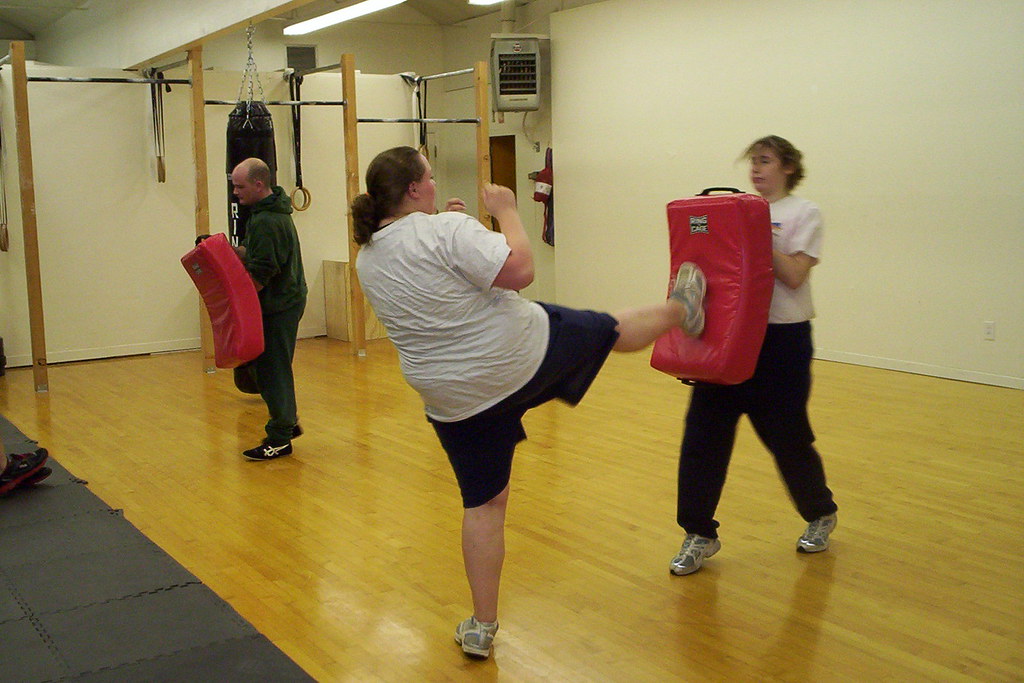Learning self defense gives people powerful skills to protect themselves, improves their confidence, and sharpens awareness in everyday life. Still, there are many common misunderstandings about self defense that often scare people away from giving it a try or cause confusion about what you actually learn. Let’s set the record straight by debunking the top 10 myths about self defense training—helping you make safe, smart choices.
Myth 1: Self Defense Only Means Physically Fighting
A lot of people think that self defense is only about knowing how to hit or kick someone. But true self defense begins even before any scary situation turns physical. The first steps are always being alert, setting personal boundaries, noticing early warning signs, and using words to avoid a conflict. Physical action is really the last choice, not the whole point. Good programs show you how to stay calm, manage fear, and know what to do under stress—not just how to throw a punch.
Myth 2: Only Strong or Athletic People Can Defend Themselves
It’s a common idea that you need to be big and strong or in top athletic shape to protect yourself. In reality, self defense depends more on smart tactics, timing, good technique, and a prepared mind than on pure muscle. Many self defense styles are built to help people of all body types use an attacker’s own actions and force against them. This means anyone at any age, size, or fitness level can learn these skills and stay safe.
Myth 3: Watching Videos or Movies Is Enough to Learn Self Defense
While movie fight scenes and online self defense clips might look cool, they do not show what happens in the real world. In a real emergency, things often happen quickly and unpredictably. People can freeze up or feel overwhelmed by adrenaline. Good self defense skills come from practicing real-life scenarios with trained instructors, building muscle memory through repetition, and gaining confidence by applying your knowledge in a safe, hands-on environment.
Myth 4: Carrying Weapons Guarantees Protection
Many believe carrying pepper spray, stun guns, or pocket knives will make them safe. However, these tools can be tricky. An attacker may use them against you if you don’t know how to handle them properly, or you might not have time to reach for them. The best self defense is knowing how to protect yourself even when you have nothing in your hands—so training always comes first. If you choose to carry any device, you need specific practice with that tool, not just hope.
Myth 5: Self Defense Training Will Make You More Violent
Parents often worry that learning self defense or a martial art might turn their child or teenager aggressive. On the contrary, quality self defense classes build respect, self-discipline, emotional control, and understanding of when—not if—to use force. The goal is to avoid fighting whenever possible and use physical actions only if absolutely necessary. Training often focuses on staying calm, thinking clearly, and walking away if you can.
Myth 6: You’ll Naturally Know What to Do in an Emergency
Some think that if a bad situation happened, instincts or adrenaline would help them handle it. But high stress can actually make people freeze or act in ways they normally wouldn’t. That’s why regular self defense practice is so important. Anger, fear, and shock can hold you back, but with repeated training, safe behaviors become second nature, and your body “remembers” how to react almost automatically.
Myth 7: Only People Most at Risk Need Self Defense Classes
There’s a false idea that only women, elderly people, or those living in dangerous areas need to learn self defense. The truth is, trouble can find anyone, anywhere. Threats or dangerous encounters aren’t exclusive to certain groups. Self defense classes can give anyone the tools to live with greater freedom and assurance, no matter their gender, age, or where they live.
Myth 8: You Have to Be a Martial Arts Master to Defend Yourself
Some assume you need years of martial arts practice before you can truly keep yourself safe. In reality, many self defense moves are quick to learn and don’t require black belt skills. Classes are designed with simple, direct techniques that nearly anyone can pick up in a few lessons. The priority is to survive, escape, and use the least amount of physical force possible to end the threat.
Myth 9: You Can Master Self Defense Overnight
It’s easy to hope for instant skills, but real self defense ability takes regular practice over time. You build reliable habits by repeating actions in class and in real-to-life drills. Consistency is key—what you train regularly will come most naturally if you’re ever in danger. There aren’t any shortcuts to being truly ready, but the path is manageable and anyone willing to show up can improve steadily.
Myth 10: Self Defense Training Is Just About Physical Techniques
Some only picture kicking, punching, and grappling when they think of self defense, but there’s so much more. A big part of training includes how to spot trouble early, control fear, use strong posture, and communicate clearly to defuse tense situations. You also learn about human behavior, body language, and ways to stand up for your boundaries before things ever get physical. This full picture approach isn’t just about fighting—it improves your day-to-day safety and confidence.
Why Busting These Myths Matters
Understanding the reality of self defense makes it easier to approach training with realistic goals. Courses offered by places like the Center for Violence Prevention and Self Defense use practical skills, smart habits, and confidence-building techniques so nearly anyone can be safer wherever they go. Remember, self defense is about avoiding trouble, controlling your fear, setting limits, and feeling empowered to look after yourself—not seeking conflict.
By learning the truth behind common myths, you’ll be better prepared to seek good instruction and replace fear with capability. Self defense isn’t about becoming a fighter. It’s about making choices that help you feel safe, calm, and ready for whatever might come your way.
If you’re curious about starting, find a training center near you with a balanced, practical approach. Take the first step to a safer, more confident you—with the facts on your side.

